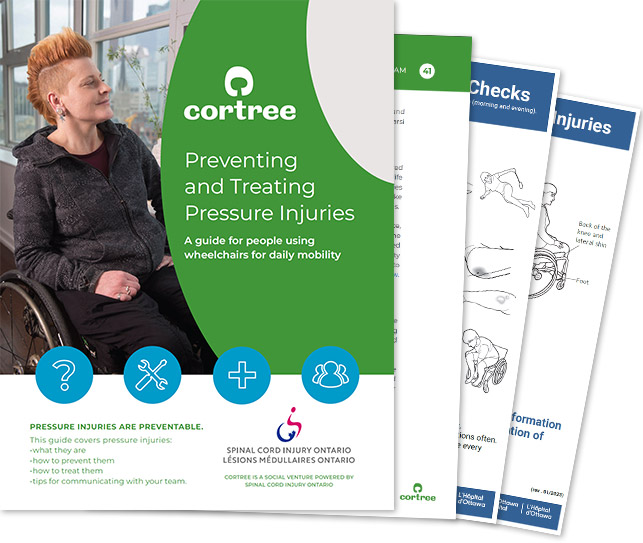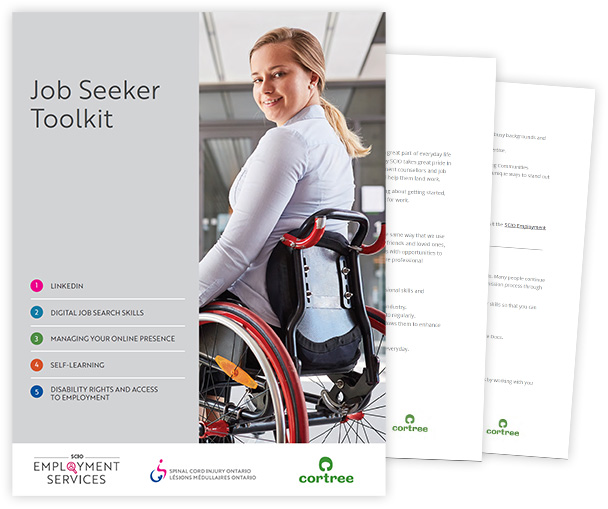Managing your skin can set the foundation for living a healthy life as you age with a disability. Learn about how pressure injuries can impact people with an SCI, and how certain routines and equipment can help reduce your risk of sustaining them.
Features from Episode 4
Ron Gionet
Ron Gionet sustained a spinal cord injury in 1984 as a result of a motor vehicle accident. One of the first things he remembers being told in Rehab was to make sure someone checked his skin for any signs of redness.
Pamela
Dr. Pamela E. Houghton is Professor Emerita as of July 2021 in the School of Physical Therapy at Western University, London, Canada. She joins Tory to talk about pressure injuries and the effect they can have on people with spinal cord injury.
OHH
Having the right equipment can make you more comfortable. Oda visit Ontario Home Health to learn about new products and accessories.
Featured Guests
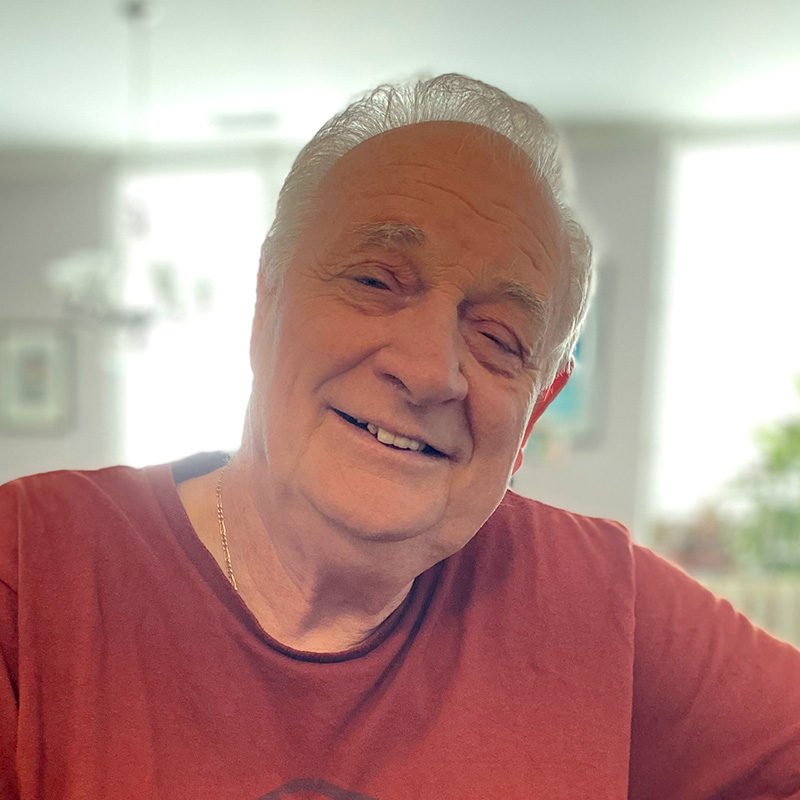
Ron Gionet
Ron Gionet sustained a C6 spinal cord injury in 1984 as a result of a motor vehicle accident. One of the first things he was told in Rehab was to make sure someone checked his skin for any signs of redness. Since his accident he has only had a couple of pressure sores, none of which have stopped him from engaging in my daily activities. “As soon as I find any marks on my skin that might become a problem I am right on top of it. My wife checks all the time and some of the attendants are good with checking. When I have a red spot we put Tegaderm or skin prep on it right away which helps. Whatever precautions you take to prevent skin breakdown is in your self-interest.”
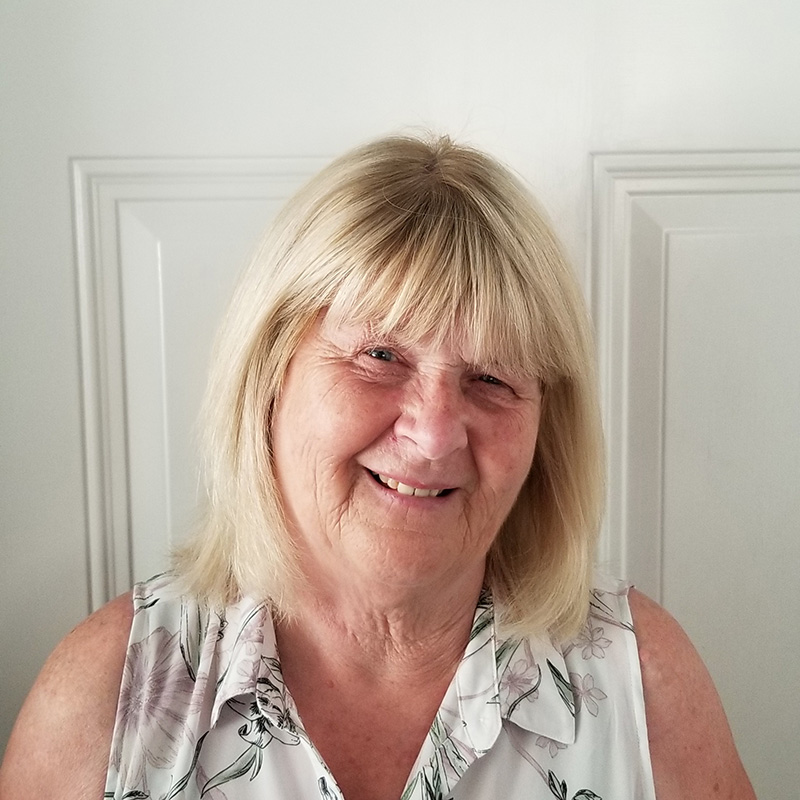
Heather Hollingshead
Heather has spent her career working in the spinal cord injury field. She initially worked as a Rehabilitation Counsellor in the inpatient spinal cord rehabilitation unit at Lyndhurst Hospital. She joined Spinal Cord Injury Ontario (formerly the Canadian Paraplegic Association) and started the Barrie office in 1984. Since that time Heather has provided support and community services to those with spinal cord injury and other physical disabilities and their families throughout Simcoe County, Grey County, Muskoka Haliburton and beyond.
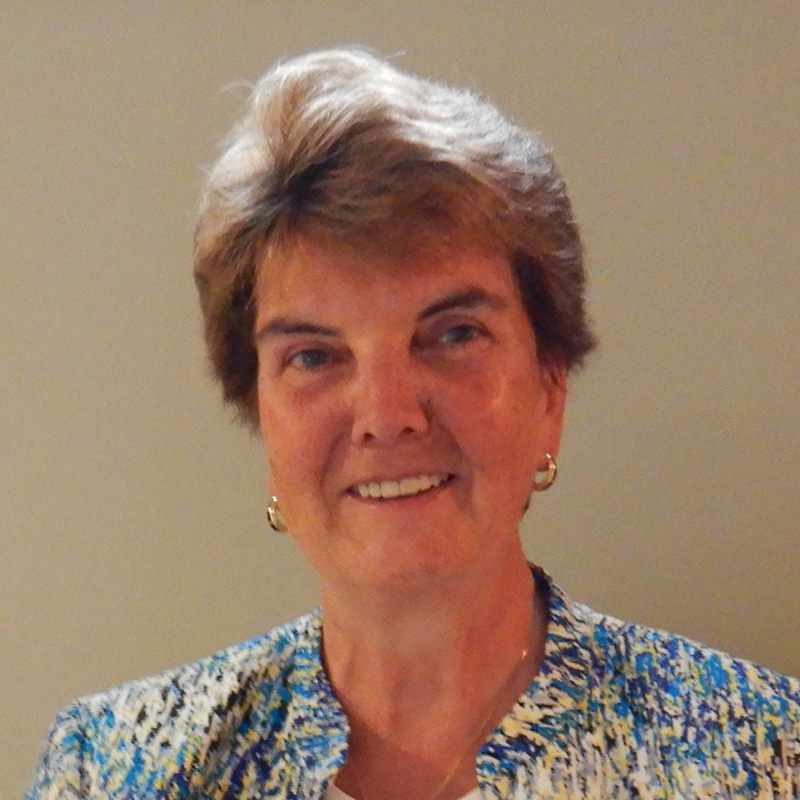
Pamela Houghton
Pamela E. Houghton is Professor Emerita in the School of Physical Therapy at Western University, London, Ontario, Canada. In 2007, she launched the Masters of Clinical Science program in the field of wound healing (MClSc-WH) which is a unique graduate program offered via distance education to a variety of health care professionals delivering wound care across Canada. Dr. Houghton’s active research program at Western has been dedicated to evaluating advanced wound treatments including electrical stimulation therapy (E-Stim). E-Stim is now used across Canada to help stimulate faster healing of pressure injuries and other types of chronic wounds. To learn more about E-Stim visit estim4wounds.ca. As a Physical Therapist (retired), Pamela led the implementation of community-based pressure injury management programs for people with spinal cord injuries. She was also involved in the development of an interdisciplinary wound care service for people with diabetic foot ulcers. Pamela has held many leadership roles in the wound care field. She was a founding board member of the Canadian Association of Wound Care, now called Wounds Canada. She is currently an Expert Advisor to the newly formed Canadian Pressure Injury Advisory Panel.
